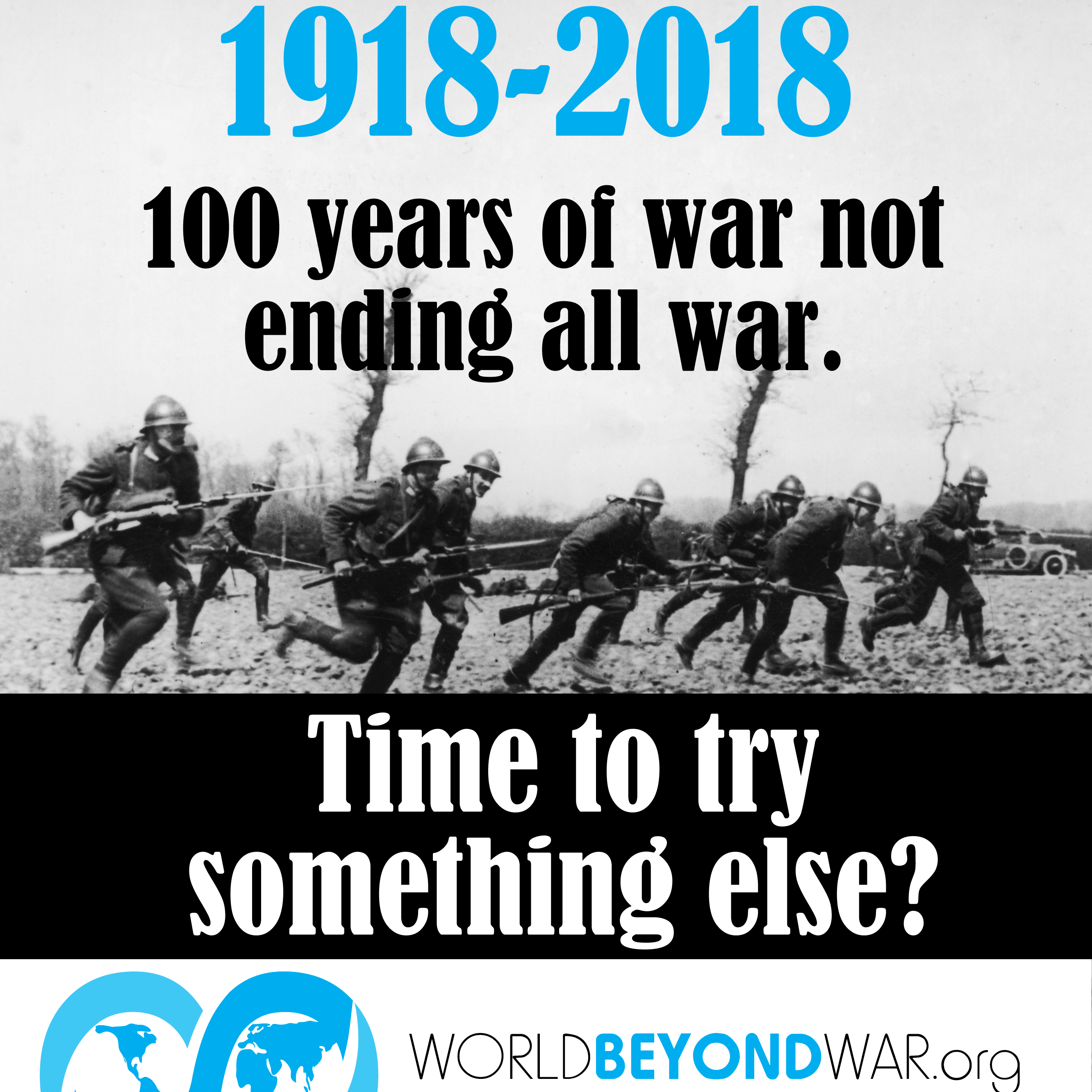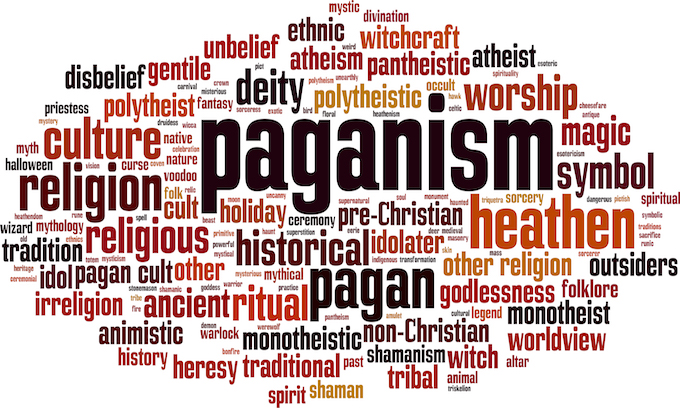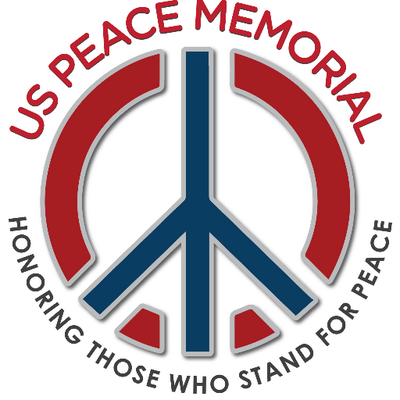
Armistice Day 2019: The US Remains a War Culture
Michael D. Knox / US Peace Memorial Foundation
(November 11, 2019) — Today marks the 101st. anniversary of Armistice Day – the end of WWI and the celebration of peace as a universal principle. We should think about how the US has failed to heed the call for an end to all wars, having invaded at least 30 countries since the end of World War II, killing millions of people, maiming tens of millions more, disrupting and destroying families, education, healthcare, housing, and infrastructure, and creating untold numbers of refugees.
Since 1946, no other country has killed and injured more people living outside of its borders. And, we continue this barbarous behavior today as we bomb and murder poor people living in underdeveloped countries in the Middle East and Africa.
We Must End Our Wars
By documenting and honoring the actions and accomplishments of antiwar activists we can cause an evolutionary shift in our culture, one that will inspire more Americans to publicly express their antiwar sentiments and speak out for peace.
The US Peace Memorial Foundation directs a nationwide effort to honor Americans who stand for peace by publishing the US Peace Registry, awarding the US Peace Prize, and planning for the US Peace Memorial in Washington, DC. We celebrate these role models to inspire other Americans to speak out against war and to work for peace.
Listen: Michael Knox on the US Peace Memorial Foundation on Talk Nation Radio
Join us in honoring Americans who stand for peace, and help us end the US war culture. We need your support to build a national monument to peace in our lifetime. Please consider becoming a Founding Member and be listed on our website, in our forthcoming book, and eventually at the National Monument we will build in Washington, DC. Thank you for supporting our efforts to create a culture of peace.
US Peace Memorial Foundation, 334 East Lake Road #136, Palm Harbor, FL 34685.
Michael Knox is an Emeritus Distinguished University Professor at the University of South Florida, Chair of the US Peace Memorial Foundation, and editor of the US Peace Registry. His antiwar activities began in 1965 in opposition to the war in Vietnam. As a delegate to the 20th National Student Congress, he introduced a successful resolution to hold an antiwar demonstration in August of 1967 in front of the White House. In 1970, Knox co-founded a draft-counseling center and in 1971 he blew the whistle on classified Pentagon weapons research at the University of Michigan. Dr. Knox founded the US Peace Memorial Foundation in 2005 to honor Americans who stand for peace.

A Cultural Shift toward Peace: The Need for a National Symbol
Michael D. Knox, PhD, University of South Florida and Annie M. Wagganer, University of South Florida
Abstract
Countless brave Americans have publicly opposed United States wars and advocated for peace, yet history does not often document their contributions. National monuments honor those who have engaged in combat or died in war, but there are no national memorials to indicate that US society values peace and citizens who take action to oppose war. In fact, these individuals are often held in contempt.
Since culturally shared symbols reinforce commonly held social sentiment, the developing US Peace Memorial will significantly contribute to a cultural shift by educating and inspiring new generations of Americans to embrace and advocate for peaceful alternatives to war.
From an early age, personal beliefs and understanding of socially acceptable attitudes and behaviors are formed in significant measure by prominent symbolic objects (Gardner, 1999). These objects both facilitate and constrain patterns of individual perceptions (Swidler, 1986) of what is right or wrong, patriotic or treasonous, valiant or weak. In other words, cultural representations of war and peace influence a citizen’s private attitudes and public behavior.
What is known about these topics, as well as what is unknown, is shaped by larger cultural ideas and artifacts. These include popular symbols, perhaps none so revered as the US flag and none as visible as US national war memorials. Without a balance in symbolic reminders, certain parts of history and particular values are embraced, encouraged, and passed down from one generation to another, while others are ignored, denied, and even disparaged.
An Ethos of War
President John F. Kennedy (n.d.) wrote that “War will exist until that distant day when the conscientious objector enjoys the same reputation and prestige that the warrior does today.” Monuments to soldiers, wars, and wartime presidents pervade the capital city and many town squares and parks throughout the United States.
A typical tour of the Mall in Washington DC, taken by thousands of students and vacationing families every year, usually includes stops at the Vietnam Veterans Memorial, the Korean War Veterans Memorial, and the National World War II Memorial.
These monuments provide a focal point for patriotic discussion. Each facilitates the remembrance and validation of war efforts. Veterans can often be found in this public space discussing military experiences with their children, grandchildren, other relatives, friends, and even passersby. Together these public memorials and personal moments help to sustain the strongly held US belief that it is honorable to fight and die for one’s country.
Conversely, no permanent monuments in Washington DC indicate that the country values peace and its citizens who take action to oppose war. No memorials document antiwar behavior and thoughts. No public space is dedicated to facilitating a national discussion of American peace advocates. A legitimate and longstanding part of US culture is missing from the nation’s capital.
Soon there will be a Martin Luther King, Jr. Memorial in Washington DC; yet, this will focus primarily on King’s civil rights leadership and not his opposition to the Vietnam War. Plans call for the headquarters of the US Institute of Peace to be built on the Washington Mall. However, the Institute is operated by the US government and has never opposed a US invasion or war.
It, too, falls short of providing a national symbol that honors the memory of US peace advocates and activists. The Mahatma Gandhi Memorial in Washington DC (one of many Gandhi monuments found in cities throughout the US), recognizes the peace leadership of a remarkable individual, but not of a US citizen. While millions of American men and women have taken public stands for peace and against US war, there is no national public space that is set aside to distinctly honor these citizens and validate their efforts.
There are some local and regional tributes to peace in US towns, parks, and university campuses, including peace poles that display the message “May Peace Prevail on Earth”, but none are national in scope. Although many government sponsored memorials use the word peace in their title, most are more accurately described as commemorating war. Two of the more prominent are the Perry’s Victory and International Peace Memorial in Put-in-Bay, Ohio and the Eternal Light Peace Memorial in Gettysburg, Pennsylvania, which are actually monuments to US battles.
While the war memorials in Washington encourage discussion of patriotism and military sacrifice, they provide an extremely narrow view of national service. They reinforce the idea that one of the highest American ideals is to wage war. Many so-called peace memorials often underscore this view — that combat is necessary to win or enforce the peace. Social discourse, aided by national and local public symbols, is limited to intense pride for battles fought and wars won.
It is not surprising then that in US history, peace leadership has generally gone unacknowledged and peace activists have often been labeled un-American, antimilitary, and unpatriotic. Those in opposition to US war(s) have often been labeled as traitors, Bolsheviks, Communists, or terrorist sympathizers.
Some of these individuals have faced derision, injury, vandalism to their property, loss of employment, loss of promotion opportunities, loss of friends, censure, legal action, and even imprisonment. Without wide-reaching and positive public recognition for peace leadership, these labels and social threats reproduce a culture that is unaware of, indifferent to, or hostile toward courageous US peacemaking efforts.
Shared cultural symbols in public spaces have the ability to bring previously marginalized and devalued voices (Minty, 2006) and lesser known American values into the arena of public discourse. The monuments currently in the nation’s capital ignore peace leadership and antiwar activity in our American history.
New memorials can serve as catalysts for discussion regarding American peace efforts: they can validate antiwar activities and preserve the memories and personal narratives of role models for peace leadership. With a national peace memorial, advocating for peace and discussing alternatives to war will become more familiar, accessible, and socially acceptable in US culture.

Toward an Ethos of Peace
A cultural shift of this magnitude requires that a new shared symbol be built in a highly visible, public space to identify and honor past and present US role models for peace. To this end, the US Peace Memorial Foundation, a national, not-for-profit, grassroots organization, is spearheading a national effort to recognize peace leadership through building and maintaining the US Peace Memorial in Washington DC, and publishing the US Peace Registry (n.d.).
The US Peace Memorial will honor the millions of thoughtful and committed Americans who have taken a public stand against a particular US war or who have devoted their time, energy, and other resources to peace. This includes US citizens who have opposed and/or resisted US military solutions involving invasion, occupation, production of weapons of mass destruction, use of weapons, and/or threats of war to solve international problems, rather than diplomacy and global cooperation.
The Memorial will serve as a shared public symbol to remind all who visit — US citizens and foreign guests — that Americans value peace. With pro-peace and antiwar quotations from famous Americans, the US Peace Memorial will be an educational experience, providing interaction with models of peace advocacy and examples of antiwar activities. Ultimately, visitors will have the opportunity to recognize and internalize an important cultural value so that it becomes part of public consciousness.
Individual examples of peace leadership are recorded and published in the US Peace Registry. Since institutions also exert leadership (Gardner, 1999), the US Peace Registry includes organizational peace and antiwar activities as well. In addition to recognizing these role models, the registry documents a broad range of specific peace and antiwar behaviors.
The registry includes a continuum of contributions from Americans who have written antiwar letters to their representatives in Congress or newspapers, to those who have devoted their lives to peace and opposing war. Organizations ranging from groups such as the Quakers, who have opposed war for centuries, to the hundreds of peace-related websites receive recognition.
Currently published as a living document (www.uspeacememorial.org/Registry.htm), the US Peace Registry will eventually be printed as a reference book and be displayed electronically for public viewing at the US Peace Memorial in Washington DC.
The US Peace Memorial and US Peace Registry both honor and document US peace role models in order to educate and inspire new generations of Americans. These projects should help to unite the peace movements that transcend several generations and promote a more positive societal reaction to opposition to US war.
Neither project seeks to diminish or disparage the important role and sacrifice of those who serve in the US military, or disregard the possibility of a just war (Orend, 2005). Rather, the US Peace Memorial Foundation serves to promote a culture where our traditions and rituals not only pay tribute to those who fight for our freedom, but also honor those who exercise this freedom by seeking peaceful alternatives to US war.
With the creation of this national monument, US citizens will have the opportunity to be as aware and proud of those who demand alternatives to war as it is of those who fight in war. Peace activists will be considered patriots as they are honored in the nation’s capital for service to their country. Demonstrating this national pride, through a visible and shared memorial to peace, will encourage Americans to explore peace advocacy during times when only the voices of war are being heard.
References
Gardner, H. (1999). The vehicle and the vehicles of leadership. American Behavioral Scientist, 42(6), 1009-1023.
Kennedy, J. F. (n.d.). Conscientious objectors. Retrieved September 22, 2008, from http://www.jfklibrary.org/Historical+Resources/Archives/Reference+Desk/Quotations+of+John+F+Kennedy.htm
Minty, Z. (2006). Post-apartheid public art in Cape Town: Symbolic reparations and public space. Urban Studies, 43(2), 421-440.
Orend, B. (2005). War. In E. N. Zata (Ed.), Stanford Encyclopedia of Philosophy (Summer Edition). Retrieved September 22, 2008, from http://plato.stanford.edu/entries/war/.
Swidler, A. (1986). Culture in action: Symbols and strategies. American Sociological Review, 51, 273-286.
US Peace Registry. (n.d.). The US Peace Memorial Foundation. Retrieved September 22, 2008, from http://www.uspeacememorial.org/Registry.htm
Michael D. Knox earned his Ph.D. in psychology in 1974 from The University of Michigan. He is currently a Distinguished Professor in the Department of Mental Health Law and Policy, Department of Internal Medicine, and the Department of Global Health at the University of South Florida.
Annie M. Wagganer received her M.A. in sociology in 2006 from the University of South Florida (USF). She is currently a Research Specialist at the USF Center for HIV Education and Research and an Instructor of Sociology at St. Louis Community College.
Posted in accordance with Title 17, Section 107, US Code, for noncommercial, educational purposes.